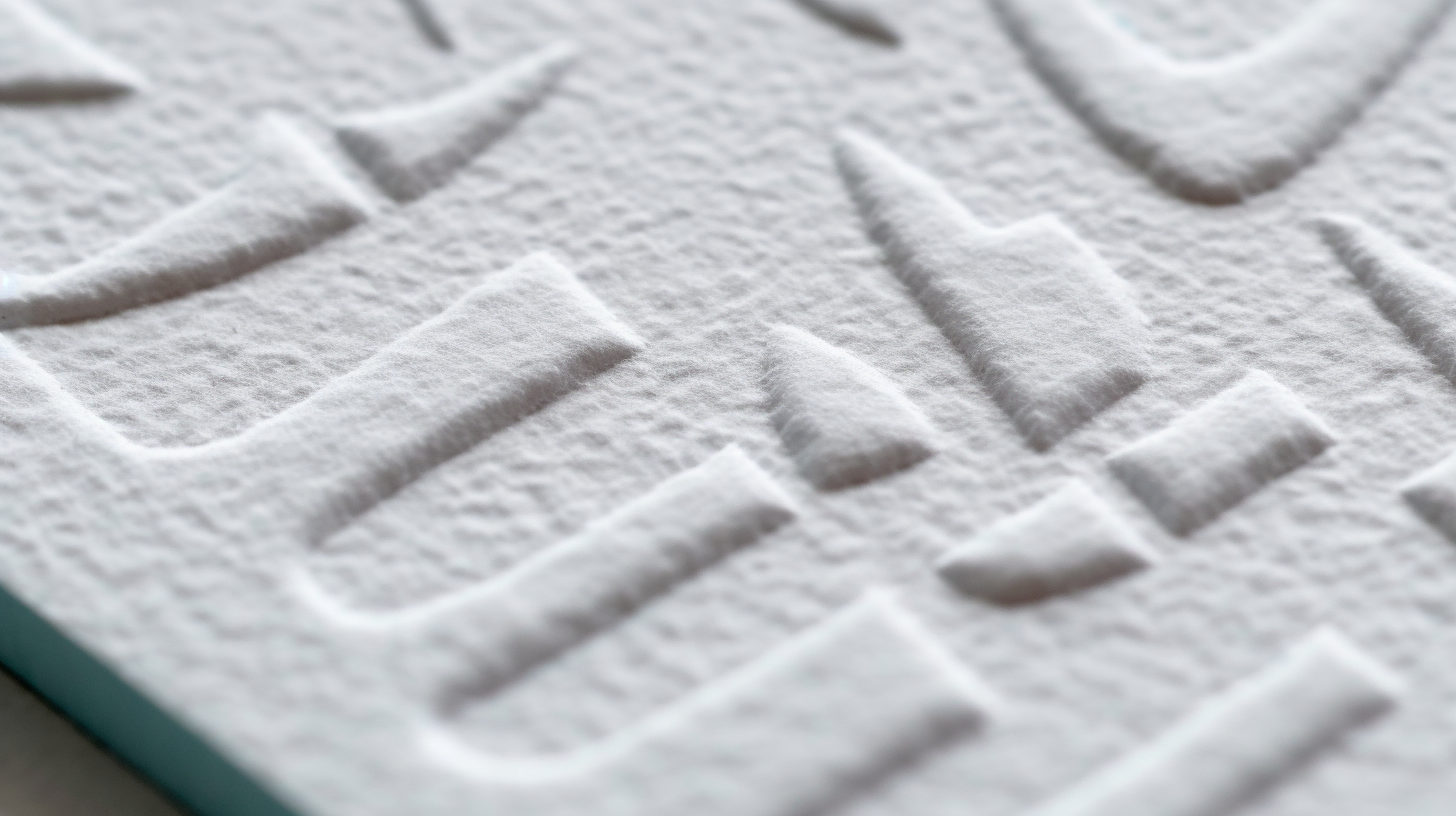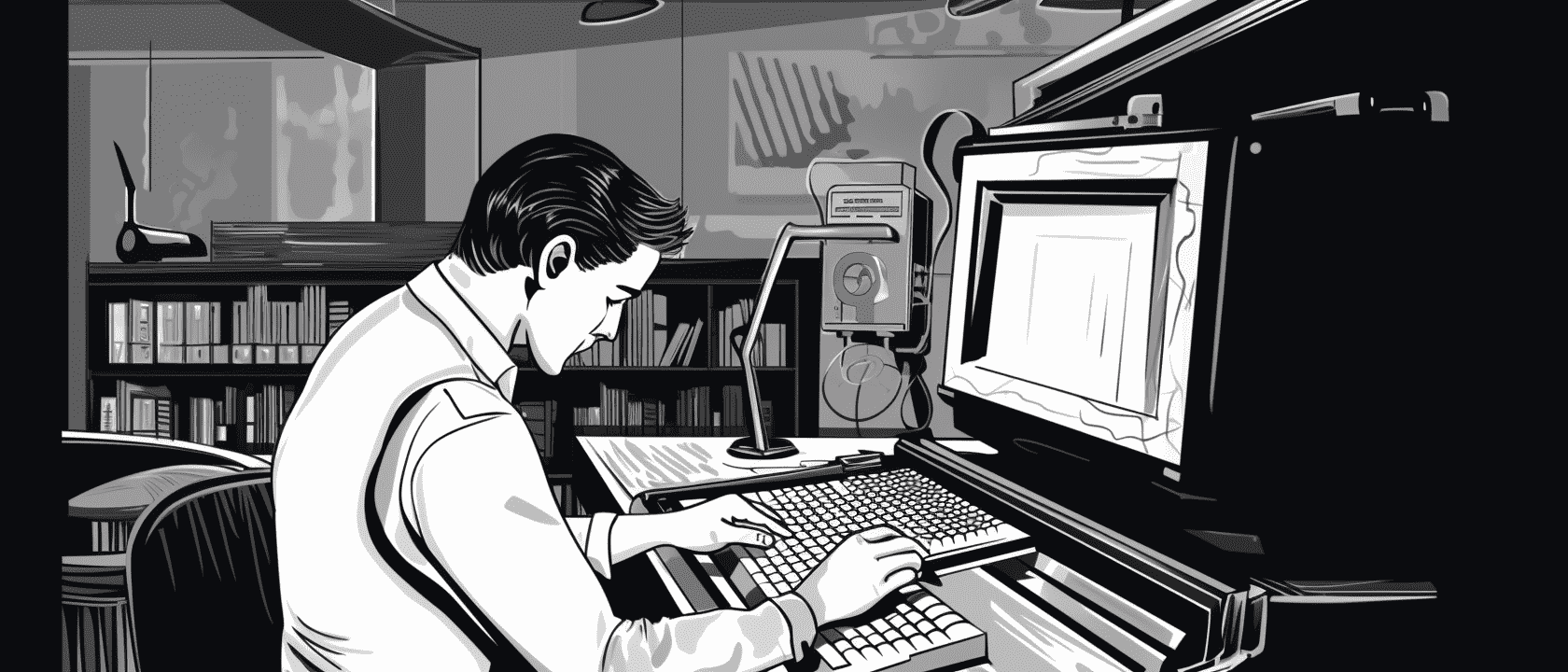Embossing vs Letterpress

Table of Contents
- Understanding Letterpress Printing, Embossing, and Debossing
- What is letterpress printing?
- How does debossing relate to letterpress printing?
- What is Embossing?
- What does "registered" and "blind" mean in the context of embossing and debossing?**
- What types of paper are best for debossing?
- How does embossing differ from debossing in terms of paper choice and effect?**
- Can I use embossing on thicker paper stocks?
- Conclusion
Understanding Letterpress Printing, Embossing, and Debossing
What is letterpress printing?
Letterpress printing is a traditional printing method where a raised surface is inked and then pressed onto paper, creating an impression. It's a technique that emphasizes craftsmanship, resulting in prints with a distinct tactile quality and depth.
How does debossing relate to letterpress printing?
Debossing is essentially a letterpress print without the use of ink. When the press creates an impression on the paper without ink, it's often referred to as a "blind hit." This method leverages the texture and depth of the paper to produce a subtle yet impactful design element.
What is Embossing?
Embossing is a printing technique used to create raised patterns or designs on a material, most commonly paper or cardstock.
During the embossing process, a specific area of the paper is pushed forward using a metal or polymer plate, resulting in a three-dimensional raised effect.
This technique adds texture and depth to the printed material, giving it a tactile and visually appealing finish.
In essence, embossing elevates the surface of the paper, creating a design that you can both see and feel. Whether it's a logo, text, or intricate pattern, embossing adds a touch of luxury and sophistication to printed materials.
What does "registered" and "blind" mean in the context of embossing and debossing?**
Both embossing and debossing can be "registered" or "blind."
- Registered: This means the embossing or debossing is precisely aligned with another element, such as ink or foil, creating a seamless overlap.
- Blind: In this context, "blind" means the embossing or debossing is standalone, not associated with any ink or foil. It's purely a tactile element without color or shine.
What types of paper are best for debossing?
Debossing is best suited for thicker, more robust low-density papers, like the 100% cotton stocks traditionally used for letterpress printing. These papers can handle the pressure of the press without tearing, ensuring a clean and deep impression.
How does embossing differ from debossing in terms of paper choice and effect?**
Embossing raises the paper's surface, creating a three-dimensional effect. It's typically performed on single-ply paper stocks to achieve a more dramatic height.
However, one thing to note is that embossing will leave a mirrored debossed impression on the paper's backside. In contrast, a blind hit from a letterpress won't affect the other side.
If you wish to emboss one side of your piece without affecting the other, you can achieve this by using duplexed paper, which involves gluing two layers of card stock together.
Can I use embossing on thicker paper stocks?
Yes, but remember that embossing on thicker stocks will be less dramatic in terms of height. If you're looking for a pronounced three-dimensional effect, single-ply papers are recommended.
For a more subtle effect on thicker papers, consider debossing.
Conclusion
Letterpress printing, embossing, and debossing each offer unique aesthetic qualities that can elevate the design of your printed materials.
By understanding the nuances of each technique and the best practices associated with them, you can make informed decisions that align with your design vision.
Trust in the expertise of seasoned printers to guide you in achieving the desired effect for your project.

